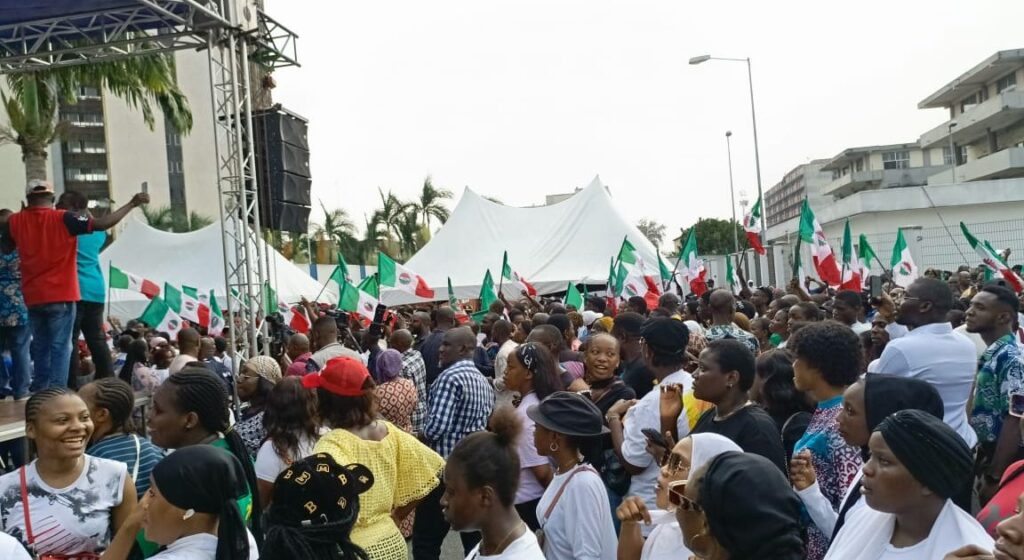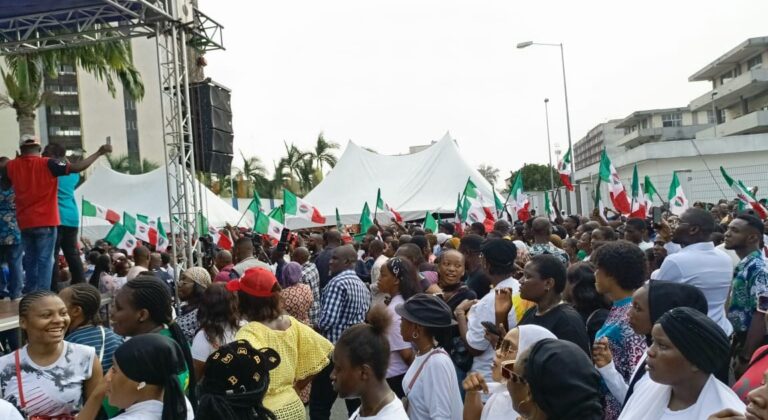Consumer credit outstanding declined by 8.23 per cent to N3.68 trillion in April this year compared with N4.01 trillion at the end of the previous month, the Central Bank of Nigeria (CBN) has said.
The apex bank disclosed this in its economic report for April 2025, which was released on Friday.
Consumer credit refers to no-collateral, short- and intermediate-term loans, extended by banks or online lenders, to finance the purchase of commodities or services for personal consumption or to refinance debts incurred for such purposes.
According to the report, at N2.93 trillion, personal loans accounted for 79.40 per cent of outstanding consumer credit in April, while retail loans, at N0.75 trillion, constituted the balance.
Specifically, the report said: “Total credit by Other Depository Corporations (ODCs) to key sectors of the economy increased by 2.05 per cent to N60.31 trillion at end-April 2025, from N59.10 trillion at end-March.
“Credit to the services and agriculture expanded by 3.44 and 2.21 per cent, respectively.
“Industry also grew marginally by 0.32 per cent. The services maintained the largest share of credit utilization, at 52.83 per cent, followed by industry, at 41.79 per cent, while agriculture accounted for the balance.
“Consumer credit outstanding contracted by 8.23 per cent to N3.68 trillion, from N4.01 trillion at end-March.
“A disaggregation of consumer credit showed that personal loans stood at N2.93 trillion, accounting for 79.40 per cent, while retail loans, at N0.75 trillion, constituted the balance.”
Analysts attribute the downward trend in consumer credit in recent times to the monetary policy tightening measures introduced by the CBN as part of its efforts to rein in inflation.
For instance, the CBN’s inflation fight has seen it leave the benchmark interest, the Monetary Policy Rate (MPR), unchanged at 27.5% since November last year.
Indeed, reflecting the tight monetary conditions, the April 2025 economic report stated: “Average banking system liquidity fell during the review month by 1.45 per cent to N0.20 trillion.
“The industry’s opening liquidity position ranged from a low of N0.11 trillion (on 29 April) to a high of N0.36 trillion (on 9 April).
“The moderation in liquidity was attributed, largely, to Open Market Operations (OMO) and Nigerian Treasury Bill (NTB) auctions.”
“Amid moderation in banking system liquidity, recourse to the Standing Lending Facility (SLF) declined, while placement at the Standing Deposit Facility (SDF) increased.
“The total request for SLF, at N4.33 trillion, fell by 73.60 per cent, N16.41 trillion in March.
“Placement at the SDF increased by 229.23 per cent to N17.05 trillion. The applicable rates for the SLF and SDF remained at 32.50 and 26.50 per cent, respectively, while the penalty rate for unreturned intraday lending facility (ILF) stood at 37.50 percent,” it further said.
On external sector developments, the report said: “Capital inflow declined to US$0.79 billion from $1.17 billion in March.
“A breakdown showed that portfolio investment decreased to $0.72 billion from $1.07 billion.
“Foreign direct investment also declined to $0.01 billion from $0.04 billion in the preceding month.
“‘Other investment’, mainly loans, however, increased to $0.07 billion, from $0.06 billion in the preceding month.
“In terms of share, portfolio investment constituted 90.88 per cent, while ‘other investment’ and direct investment accounted for 8.22 and 0.90 per cent, respectively,” it added.
A breakdown of capital importation by nature of business, according to the report, showed banking as the highest recipient in the review period, as the sector accounted for 61.70 per cent.
It was followed by financing (29.00%), agriculture (2.71%), production & manufacturing (1.96%), brewing (1.83%) and telecommunication (1.26%).
Other businesses accounted for the balance.















